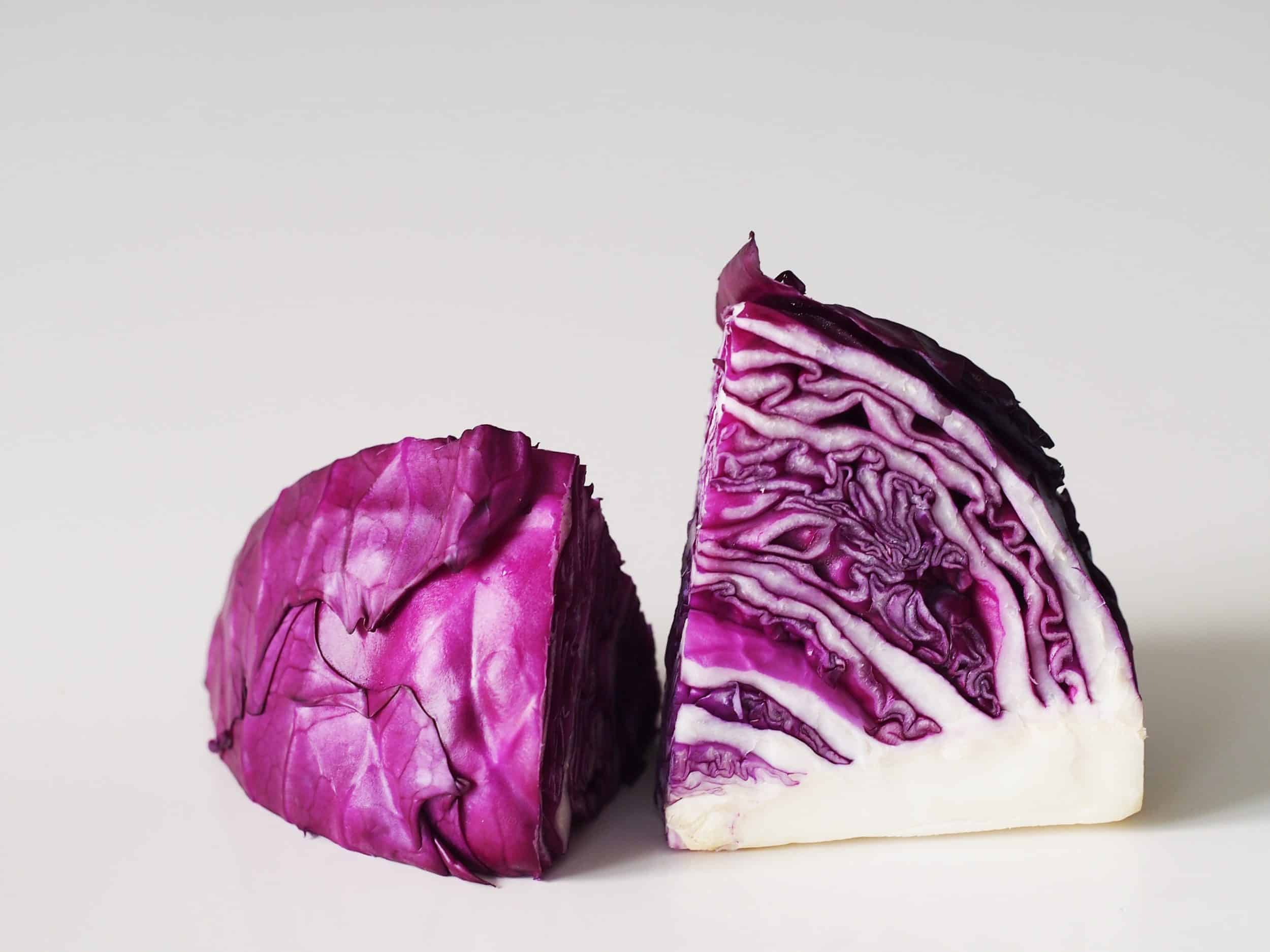

Articles
How To Store Red Cabbage After Cutting
Modified: September 1, 2024
Learn the best tips for storing red cabbage after cutting. Read our informative articles and keep your cabbage fresh for longer.
(Many of the links in this article redirect to a specific reviewed product. Your purchase of these products through affiliate links helps to generate commission for Storables.com, at no extra cost. Learn more)
Introduction
Red cabbage is a versatile and nutritious vegetable that can be enjoyed in a variety of dishes. Whether you’re planning to use it for salads, stir-fries, or coleslaw, properly storing red cabbage after cutting is crucial to maintain its freshness and flavor. By following a few simple steps, you can ensure that your red cabbage stays crisp and delicious for an extended period of time. In this article, we will guide you through the process of storing red cabbage after cutting, providing you with tips and tricks to maximize its shelf life and minimize waste.
When it comes to storing red cabbage, it’s important to consider factors such as temperature, moisture, and airflow. These factors can greatly impact the quality and longevity of your stored cabbage. By following the steps outlined in this article, you’ll be able to preserve the nutritional value and taste of your red cabbage for future use.
Key Takeaways:
- Properly storing red cabbage after cutting ensures extended freshness and flavor. Follow simple steps, from rinsing to refrigerating or freezing, to minimize waste and maximize nutritional value.
- Utilize stored red cabbage within a few days to enjoy optimal flavor and nutritional benefits. Plan meals, be creative, share with others, and prioritize freshness for a sustainable approach to food storage.
Read more: How To Store Cabbage In Fridge After Cutting
Step 1: Gather Necessary Materials
Before you begin the process of storing red cabbage, it’s important to gather all the necessary materials. This will make the process smoother and ensure that you have everything you need on hand. Here are the materials you’ll need:
- A sharp knife or a mandoline slicer
- Cutting board
- Airtight storage containers or resealable plastic bags
- Labels or markers for proper labeling
- Paper towels or a clean kitchen towel
Having these materials ready will save you time and make the storage process more efficient. Once you have everything gathered, you’re ready to move on to the next step of storing red cabbage after cutting.
Step 2: Rinse the Cabbage
After gathering the necessary materials, the next step is to rinse the red cabbage. Rinsing the cabbage is important to remove any dirt, debris, or pesticides that may be present on the surface. Follow these simple steps to properly rinse the cabbage:
- Fill a clean sink or a large bowl with cold water.
- Place the red cabbage in the water and swish it around gently.
- Using your hands, separate the leaves and swirl them in the water.
- Let the cabbage sit in the water for a few minutes to allow any dirt or residue to settle at the bottom.
- Remove the cabbage from the water and rinse it under cold running water to remove any remaining dirt.
Once you have rinsed the red cabbage thoroughly, pat it dry with paper towels or a clean kitchen towel. The moisture on the cabbage leaves can promote spoilage, so it’s important to remove excess moisture before proceeding to the next step of storing the cabbage.
Step 3: Cut and Remove Outer Leaves
With the rinsed and dried red cabbage, it’s time to move on to cutting and removing the outer leaves. This step is essential to ensure that only the freshest and most tender parts of the cabbage are stored. Follow these steps to cut and remove the outer leaves:
- Place the red cabbage on a clean cutting board.
- Using a sharp knife, carefully cut off the stem end of the cabbage.
- Peel off and discard any damaged or wilted outer leaves. These leaves are usually discolored or have a wilted appearance.
- Continue to peel off the outer leaves until you reach the crisp and vibrant inner leaves. These inner leaves are the ones you’ll be using and storing.
- If needed, you can cut the red cabbage in half or quarters for easier storage and future use.
By removing the outer leaves, you’re ensuring that any potential contaminants or spoilage are discarded, leaving you with the freshest and most flavorful parts of the cabbage to store.
Step 4: Slice or Shred the Cabbage
After removing the outer leaves, the next step in storing red cabbage is to slice or shred it. Slicing or shredding the cabbage will make it easier to use in various recipes and dishes. Here’s how you can prepare the red cabbage:
- Place the red cabbage on a clean cutting board.
- Using a sharp knife or a mandoline slicer, slice the cabbage into thin, uniform slices. Alternatively, you can use a shredder attachment on a food processor to shred the cabbage.
- For a coarser texture, you can also opt to shred the cabbage using a sharp knife. Simply cut the cabbage into thin strips lengthwise.
- Continue slicing or shredding the cabbage until you have achieved the desired consistency.
Keep in mind that the size and thickness of the slices or shreds will depend on how you plan to use the cabbage. Thinner slices work well in salads or sautéed dishes, while thicker shreds are ideal for coleslaw or braised dishes.
Once you have sliced or shredded the red cabbage, it’s important to transfer it to a proper storage container to maintain its freshness and prevent it from drying out.
After cutting red cabbage, store it in an airtight container or resealable bag in the refrigerator. It will stay fresh for up to 5 days.
Read more: How To Store Red Onions After Cutting
Step 5: Store in a Container
After slicing or shredding the red cabbage, the next step is to transfer it to a suitable storage container. The container you choose should be airtight to keep the cabbage fresh and prevent it from absorbing any odors from the refrigerator. Here’s how you can store the cabbage in a container:
- Select an airtight storage container that is large enough to hold the shredded or sliced cabbage.
- If using a resealable plastic bag, ensure that it is durable and leak-proof.
- Place the sliced or shredded red cabbage in the container, ensuring that there is enough room for the cabbage to expand slightly.
- Do not overpack the container, as this can lead to bruising or crushing of the cabbage.
- Close the container tightly or seal the resealable plastic bag, removing as much air as possible.
By storing the cabbage in an airtight container, you are creating an optimal environment that helps maintain its freshness and crispness. This step is crucial in extending the shelf life of the cabbage.
Step 6: Refrigerate or Freeze
Once you have placed the sliced or shredded red cabbage in an airtight container, you have two options for storage: refrigeration or freezing. The choice between the two will depend on how soon you plan to use the cabbage and how long you want to store it for.
Refrigeration:
If you plan to use the red cabbage within a few days, refrigeration is the preferred method of storage. Here’s what you need to do:
- Place the sealed container with the cabbage in the refrigerator.
- Ensure that the refrigerator is set to a temperature of around 32-40°F (0-4°C) to maintain the freshness and crispness of the cabbage.
- Try to keep the cabbage away from the door of the refrigerator, as the temperature can fluctuate there.
By refrigerating the sliced or shredded cabbage, you can easily access it for salads, stir-fries, or other recipes throughout the week while preserving its quality.
Freezing:
If you want to store the red cabbage for a longer period, freezing is the recommended method. Here’s what you need to do:
- Place the sealed container or resealable plastic bag with the cabbage in the freezer.
- Ensure that the container or bag is well-sealed to prevent freezer burn and maintain the quality of the cabbage.
- Label the container or bag with the date of freezing for future reference.
Frozen red cabbage can be stored for up to 10-12 months. When you’re ready to use it, simply thaw it in the refrigerator overnight before incorporating it into your desired recipes.
Whether you choose to refrigerate or freeze the red cabbage, make sure to follow the recommended storage times to ensure optimal freshness and taste.
Step 7: Properly Label the Container
Labeling the container or bag that holds the stored red cabbage is an essential step in the process. Proper labeling will help you keep track of the storage date and ensure that you use the cabbage within the recommended time frame. Here’s how you can properly label the container:
- Take a label or marker and write the date of storage on it.
- Stick the label onto the container or write directly on the container if it is suitable for that.
- Include any additional information you find necessary, such as the type of cut (sliced or shredded) or any seasonings or dressings used.
Labeling the container allows you to easily identify the stored red cabbage and ensure that it is used within the recommended storage time. This practice helps prevent waste and ensures that you use the cabbage while it is still fresh and full of flavor.
Step 8: Utilize the Cabbage within a Few Days
To make the most out of your stored red cabbage, it is important to utilize it within a few days. This will help ensure that you enjoy its optimal flavor, texture, and nutritional value. Here are some tips on how to use the cabbage effectively:
- Plan your meals: Take a moment to plan your meals for the upcoming days and incorporate the red cabbage into your recipes. Whether it’s adding it to salads, stir-fries, soups, or coleslaw, having a plan in mind will help you make the most of the stored cabbage.
- Be creative: Experiment with different recipes and cooking techniques to keep your meals interesting and flavorful. Explore new ways to incorporate the cabbage into your dishes, such as pickling, roasting, or braising.
- Share with others: If you find that you have more stored red cabbage than you can use, consider sharing it with friends, family, or neighbors. Sharing not only helps prevent waste but also fosters community connections and promotes sustainability.
- Keep an eye on freshness: As with any stored produce, it is important to check the freshness of the cabbage before using it. Look for any signs of spoilage, such as mold, unpleasant odors, or texture changes. If you notice any of these signs, it is best to discard the cabbage to avoid any potential health risks.
By utilizing the stored red cabbage within a few days, you can fully enjoy its vibrant flavor and reap its nutritional benefits. Incorporating it into your meals will not only add a pop of color but also provide you with a dose of vitamins, minerals, and dietary fiber.
Remember, proper storage and timely utilization of the cabbage will help minimize waste and ensure that you always have fresh and delicious ingredients on hand.
Read more: How To Store Cabbage Once Cut
Conclusion
Properly storing red cabbage after cutting is an essential step to maintain its freshness, flavor, and nutritional value. By following the steps outlined in this article, you can ensure that your red cabbage stays crisp and delicious for an extended period of time.
We began by discussing the importance of gathering the necessary materials, such as a sharp knife, cutting board, airtight containers, labels, and paper towels. These materials will make the storing process more efficient and convenient.
We then moved on to rinsing the cabbage to remove any dirt or residue, and removing the outer leaves to ensure that only the freshest parts are stored. Slicing or shredding the cabbage prepares it for various recipes and dishes.
Next, we covered the crucial step of storing the cabbage in airtight containers or resealable plastic bags. Refrigerating the cabbage is recommended for short-term use, while freezing is ideal for longer-term storage.
We emphasized the importance of properly labeling the storage container to keep track of the storage date. This helps ensure that the cabbage is used within the recommended time frame and prevents waste.
Lastly, we highlighted the importance of utilizing the stored cabbage within a few days to make the most out of its flavor and nutritional value. Planning meals, being creative with recipes, and sharing with others are effective ways to utilize the cabbage effectively.
In conclusion, by following these steps and implementing proper storage and utilization practices, you can enjoy the freshness and taste of red cabbage long after it has been cut. Not only does this allow you to minimize waste, but it also helps you embrace a sustainable and eco-friendly approach to food storage.
So, the next time you have leftover red cabbage, don’t let it go to waste. Store it properly and let your culinary creativity soar!
Frequently Asked Questions about How To Store Red Cabbage After Cutting
Was this page helpful?
At Storables.com, we guarantee accurate and reliable information. Our content, validated by Expert Board Contributors, is crafted following stringent Editorial Policies. We're committed to providing you with well-researched, expert-backed insights for all your informational needs.
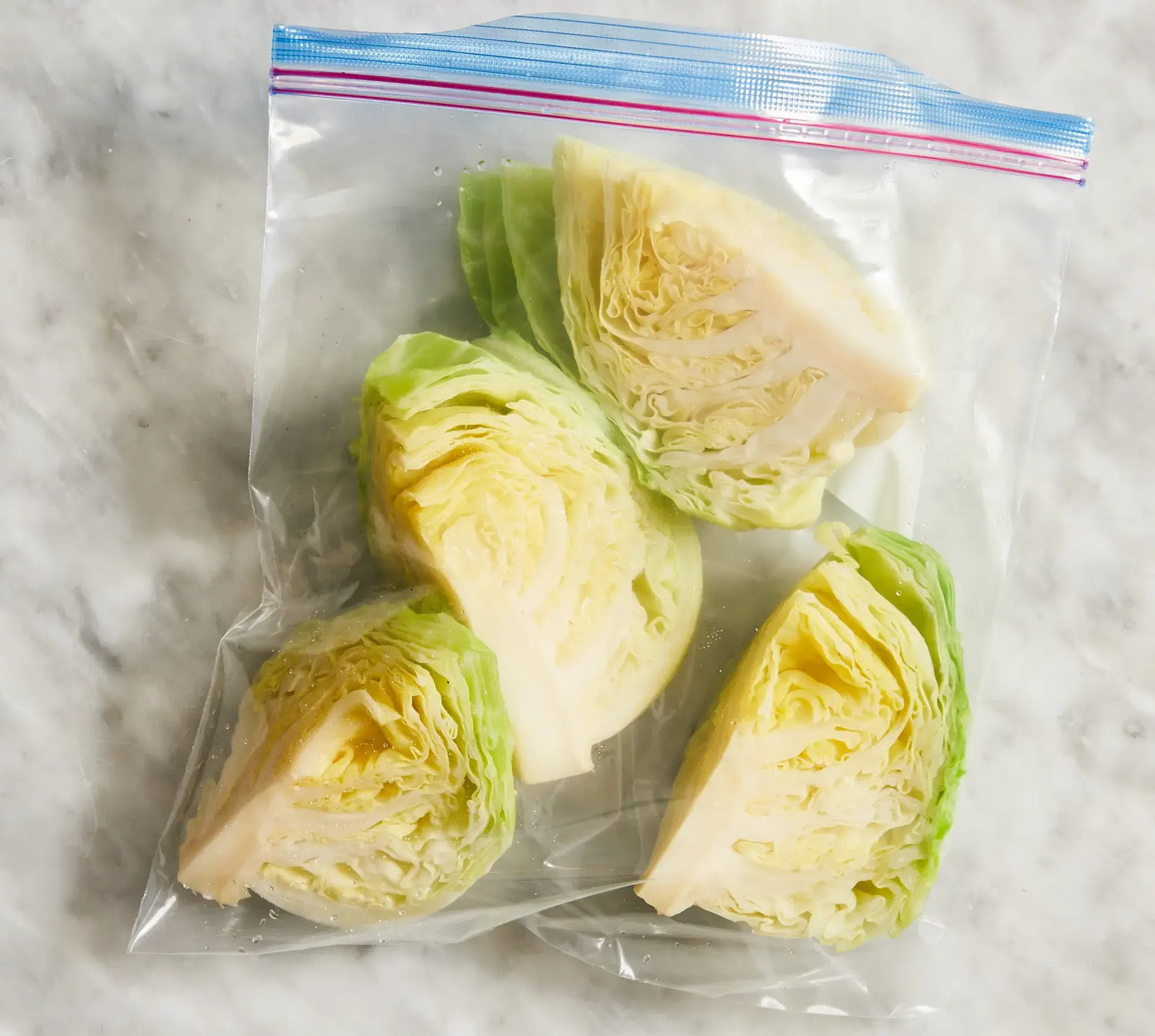
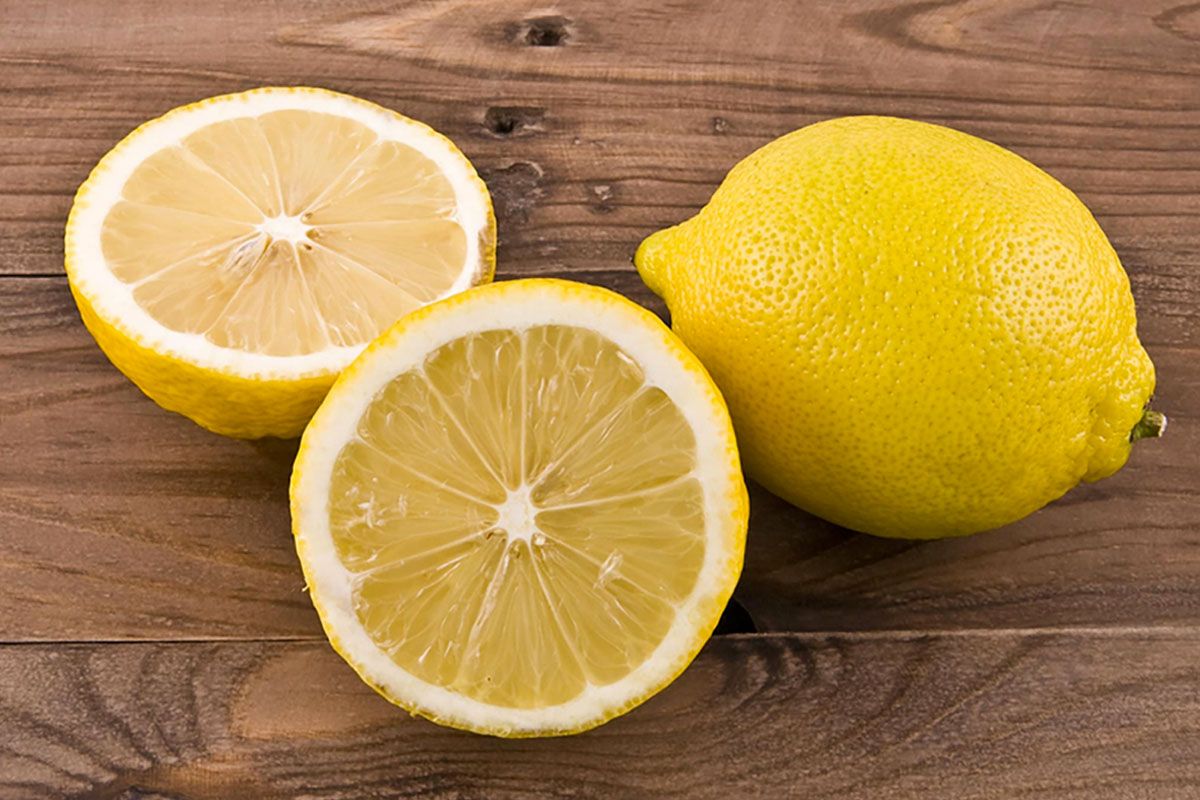

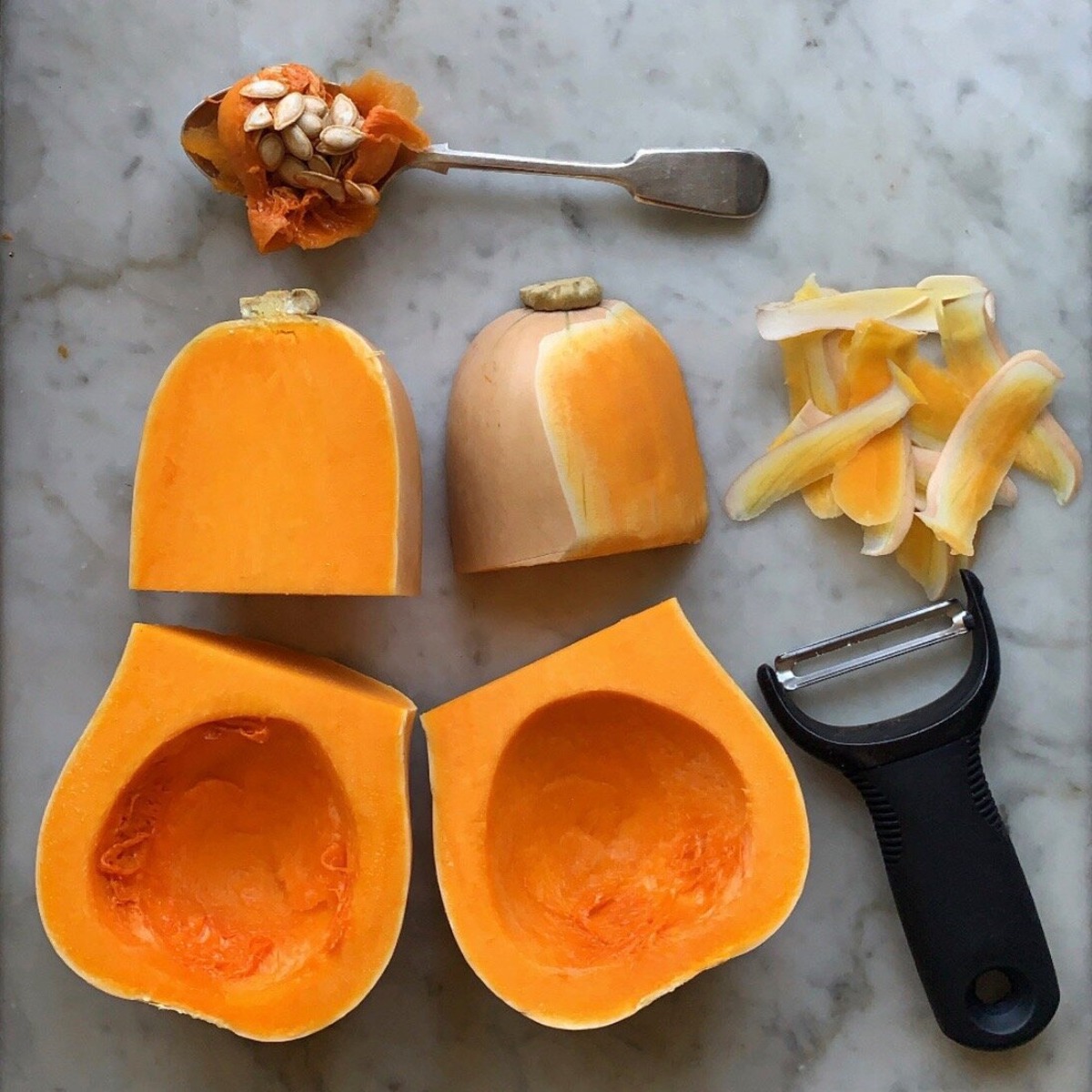
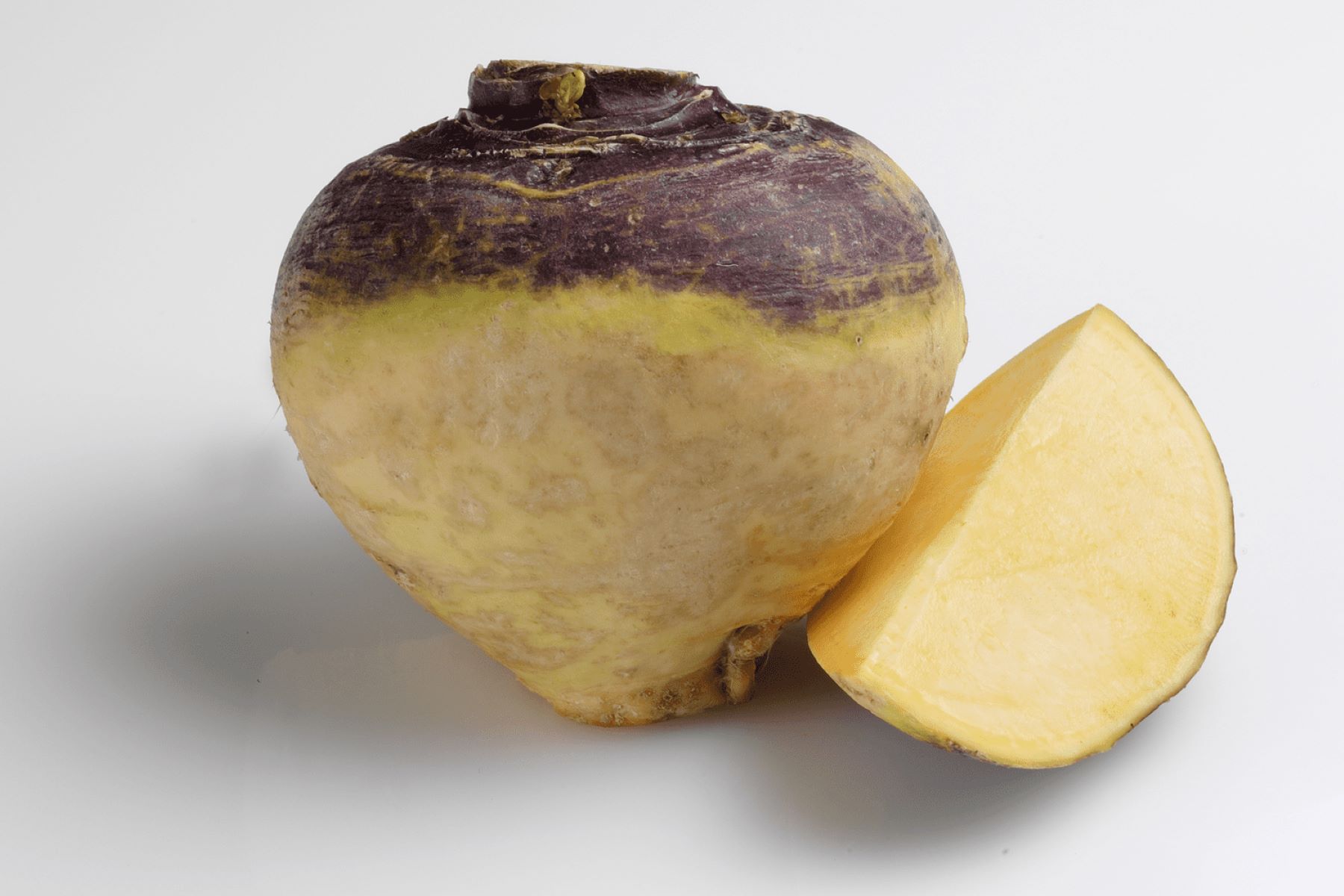
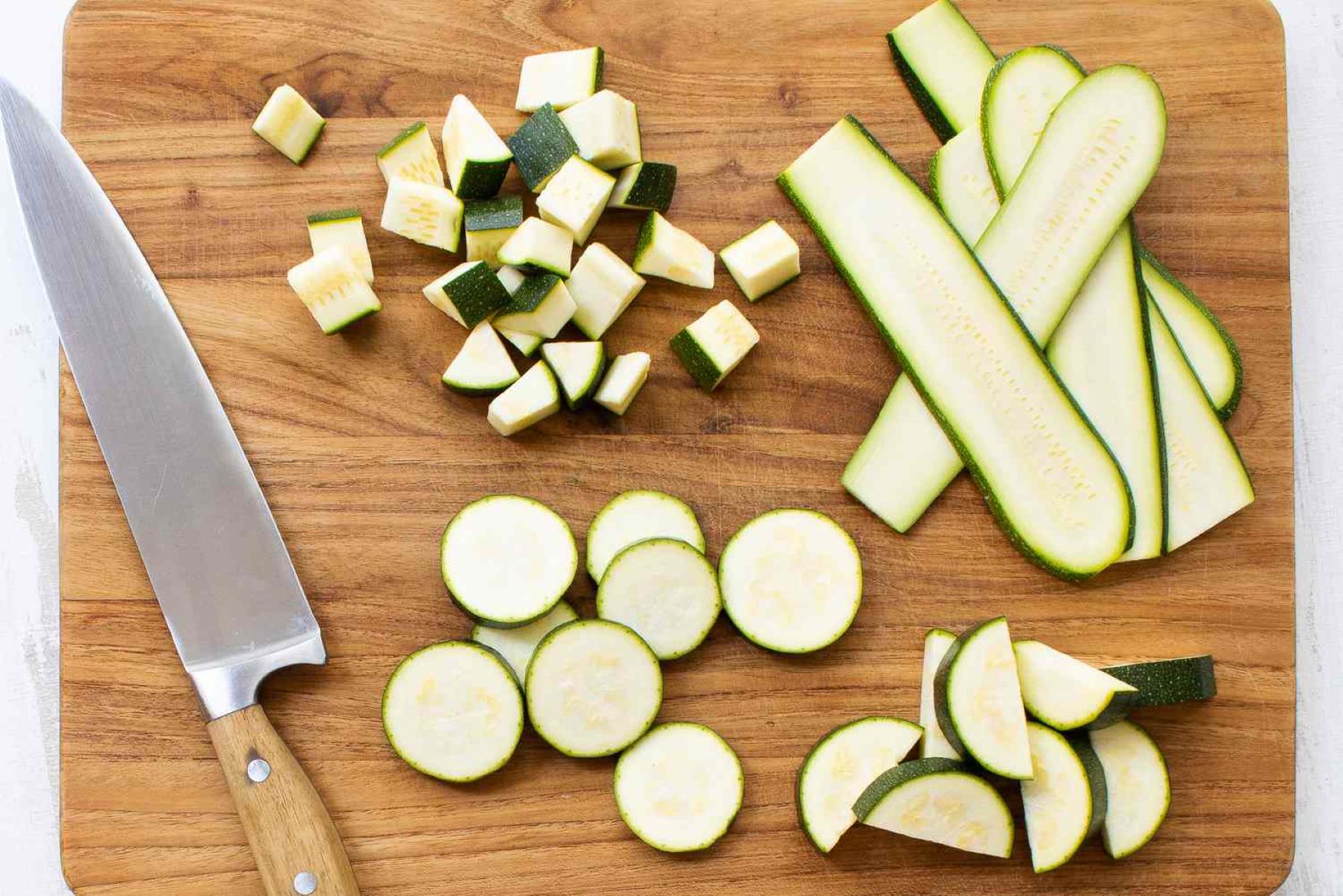

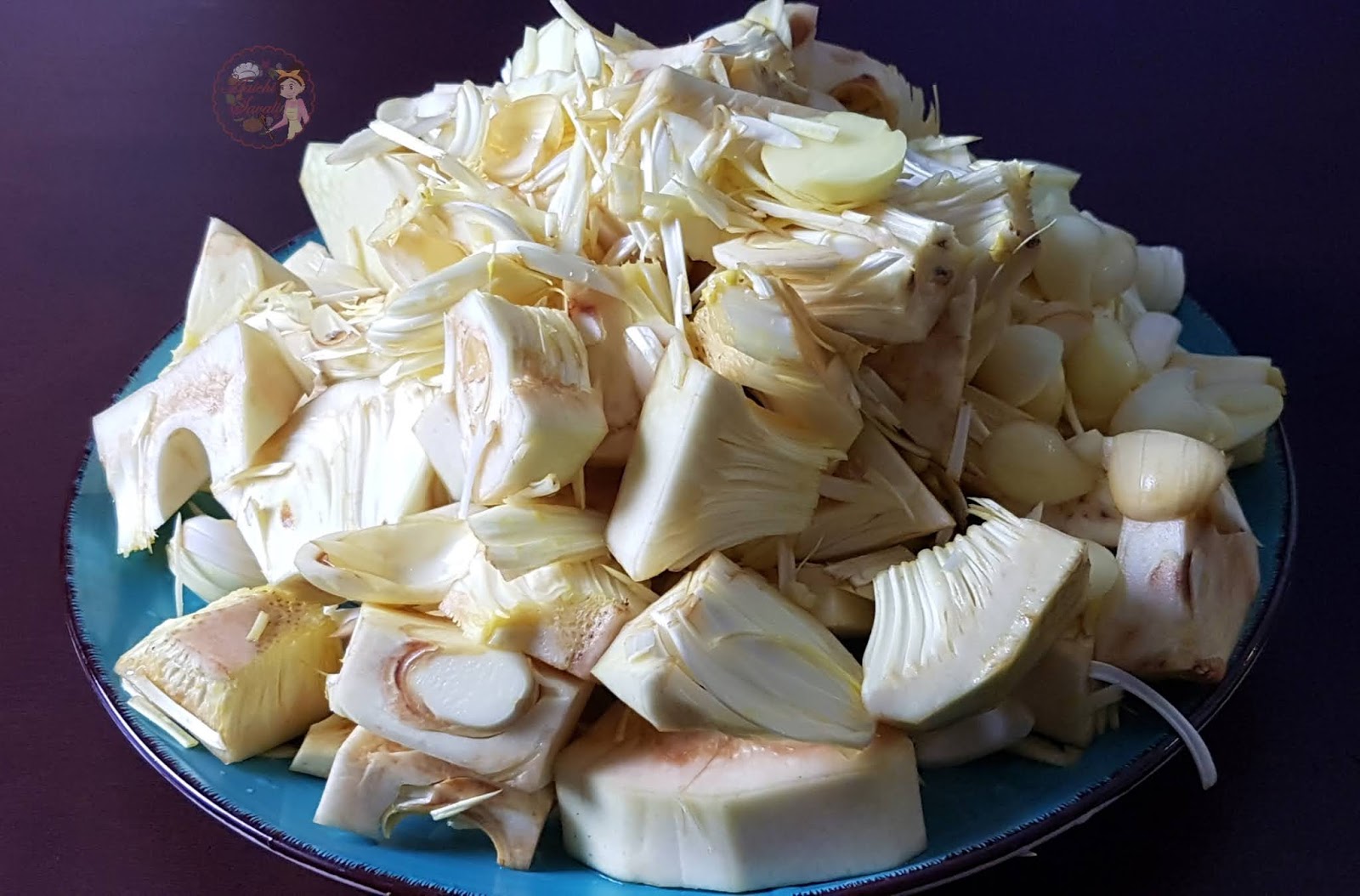
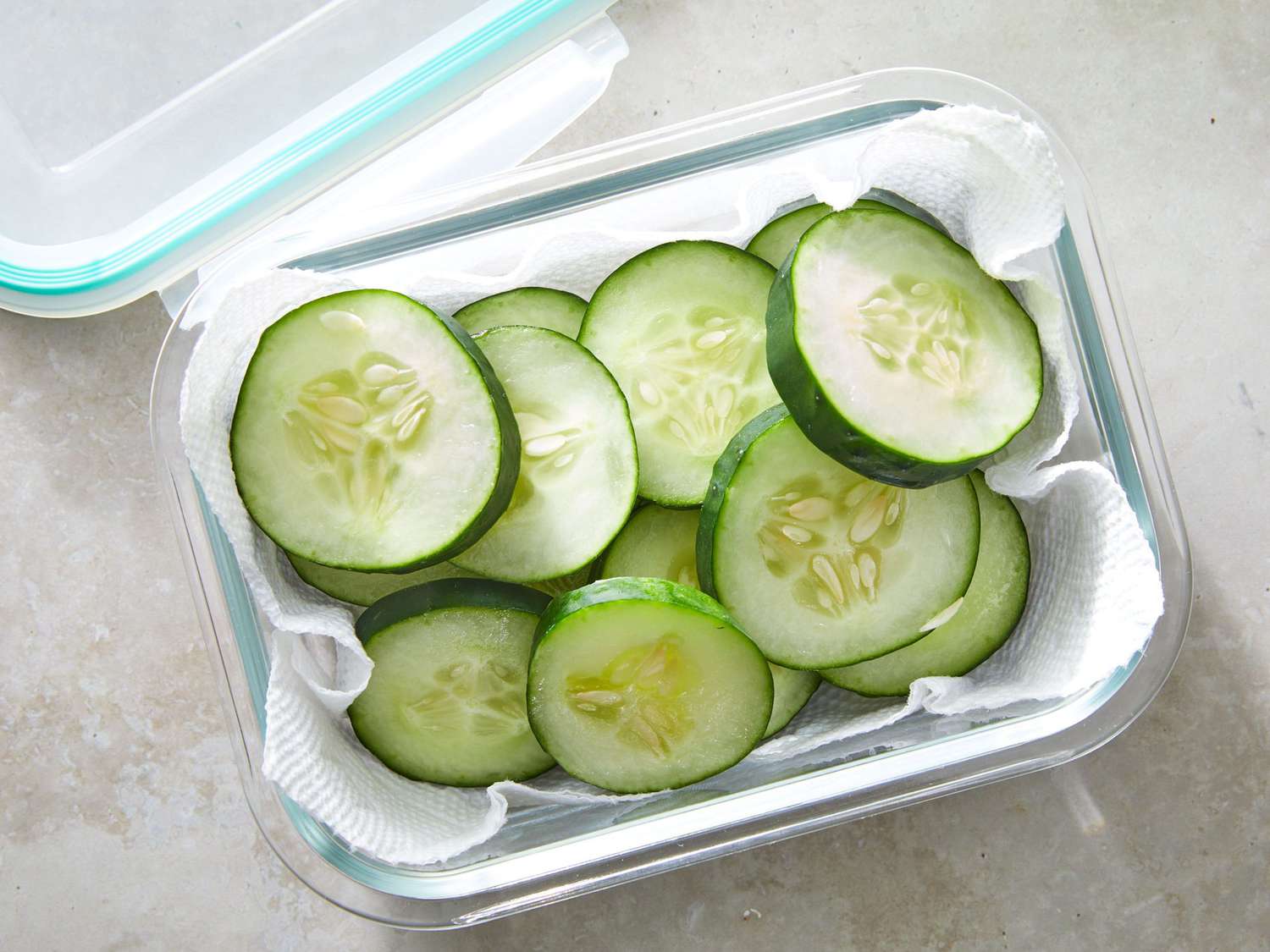


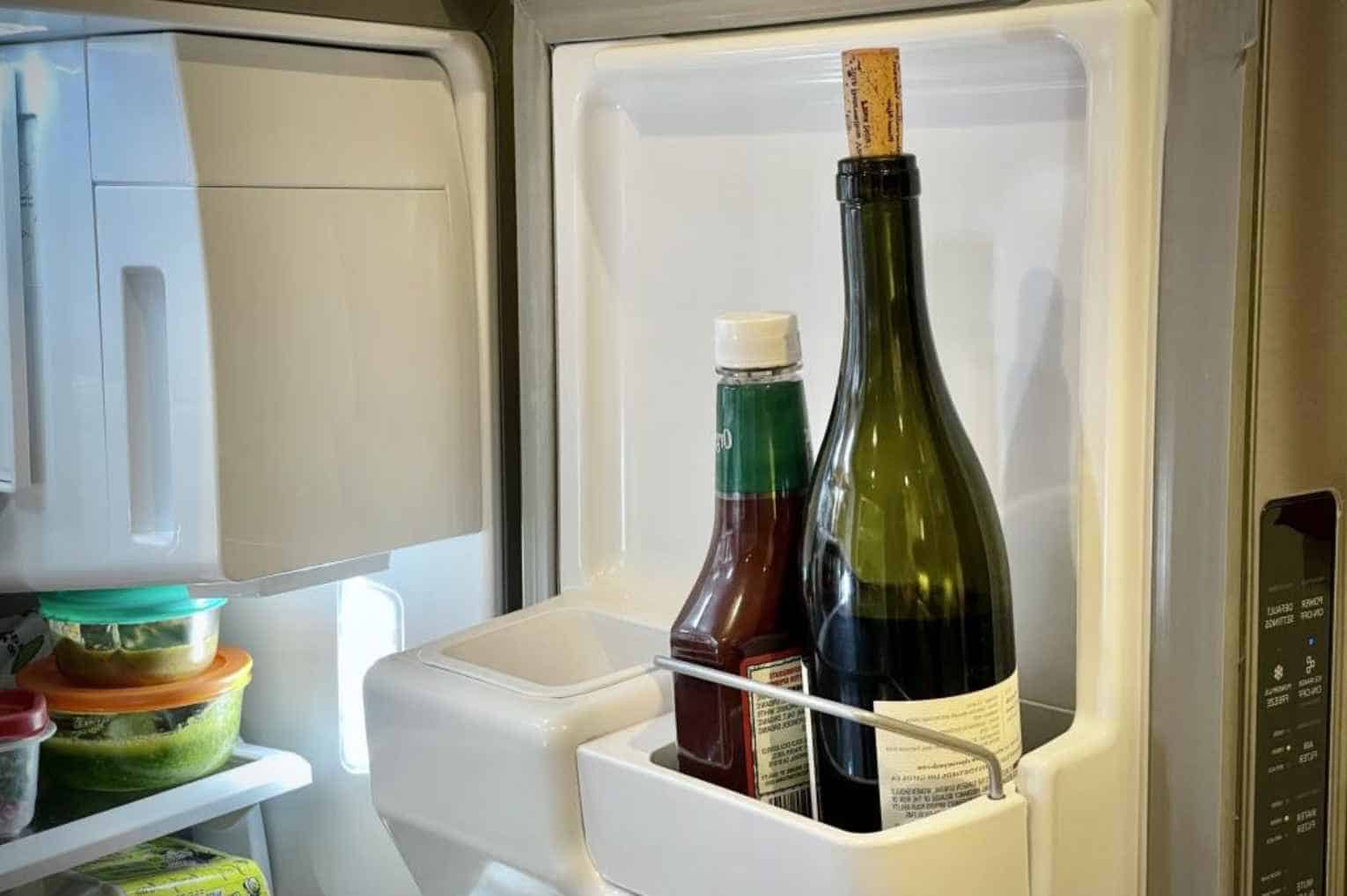
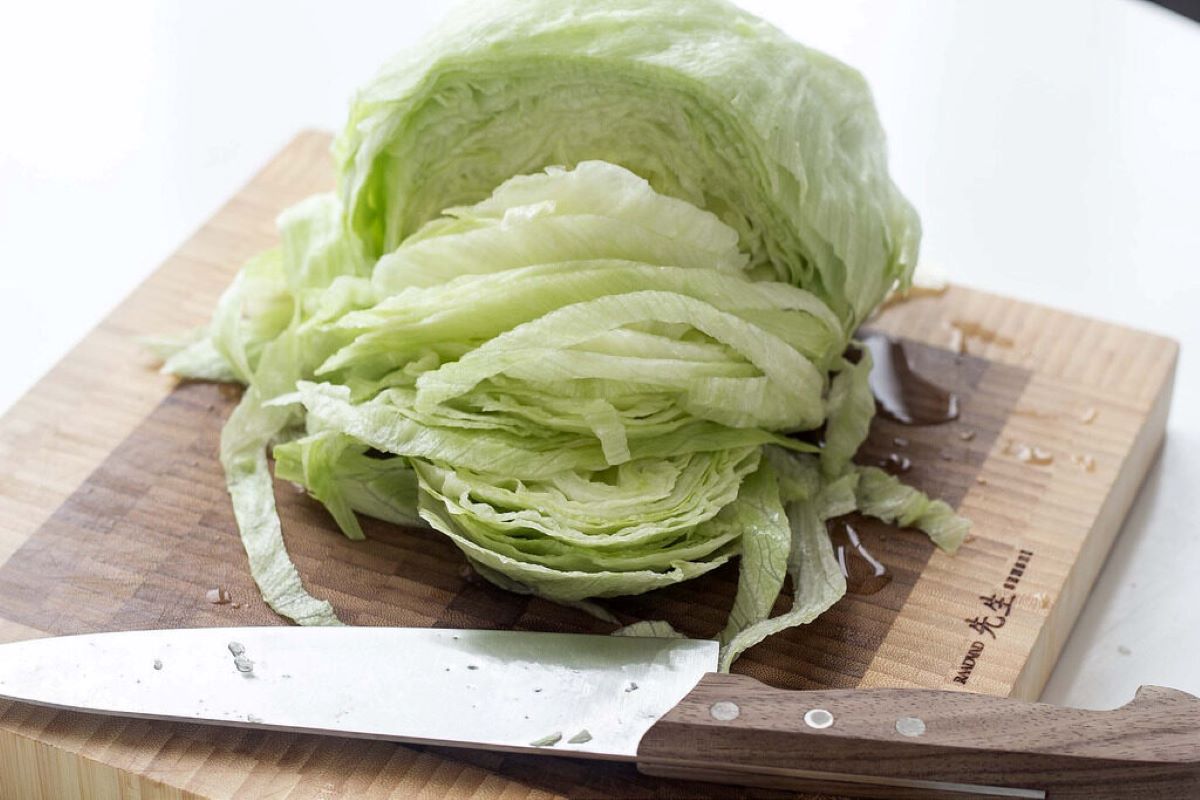

0 thoughts on “How To Store Red Cabbage After Cutting”